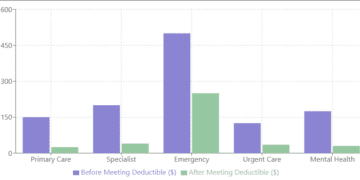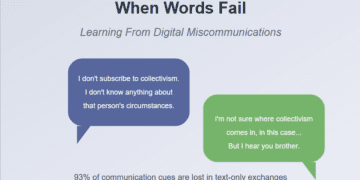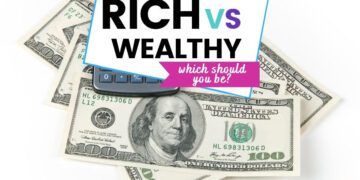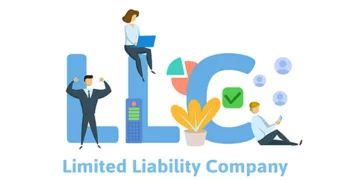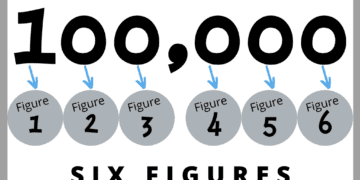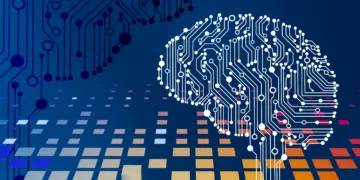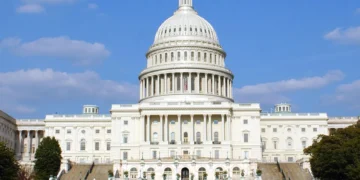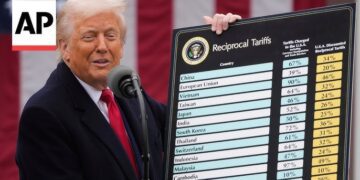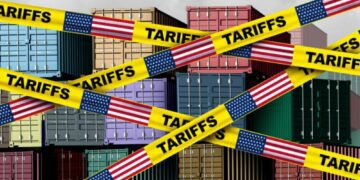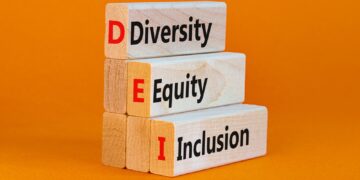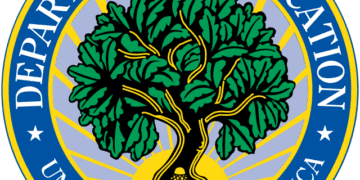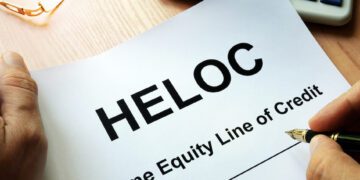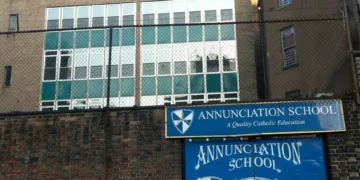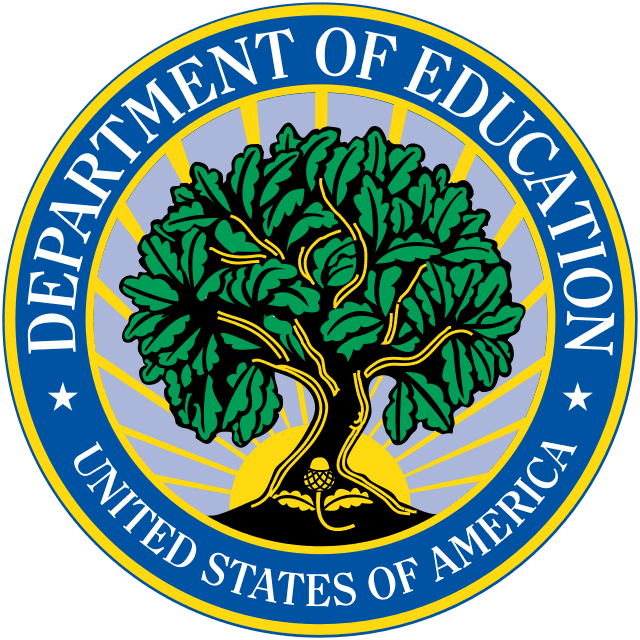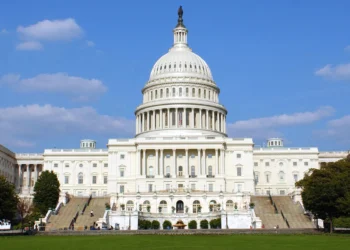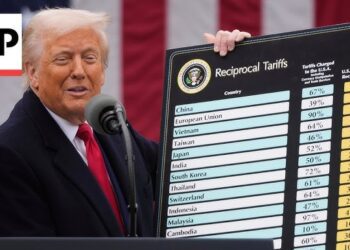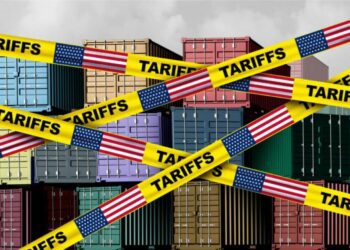Yesterday, President Trump signed an executive order that may fundamentally reshape how education operates in the United States. As a concerned parent whose son is in middle school, I try to closely follow education policy. I want to break down what this means for students, parents, teachers, and communities across America.
What Does the Executive Order Actually Do?
The executive order directs the Secretary of Education to “take all necessary steps to facilitate the closure of the Department of Education and return authority over education to the States.” This doesn’t mean the Department is closing immediately – rather, it initiates a process to wind down operations while ensuring “effective and uninterrupted delivery of services, programs, and benefits.”
The order also specifies that any remaining Department funds must not support programs promoting what it terms “diversity, equity, and inclusion” or “gender ideology.”
Why Close the Department of Education?
According to the executive order and accompanying fact sheet, the administration believes federal control of education has failed American students. They cite recent National Assessment of Educational Progress (NAEP) scores showing 70% of 8th graders below proficient in reading and 72% below proficient in math.
The fact sheet states that despite the Department spending over $3 trillion since its 1979 creation and a 245% increase in per-pupil spending since the 1970s, student achievement hasn’t improved. The administration specifically mentions that mathematics scores for 13-year-olds are at their lowest in decades, and reading scores are the lowest since testing began over 30 years ago.
What Would This Mean for Federal Education Programs?
If the Department closes, its responsibilities would need to be transferred elsewhere or eliminated. This includes management of:
- Federal education funding (currently about $60 billion annually)
- Student loan programs (currently managing a $1.6 trillion portfolio)
- Civil rights enforcement in schools
- Data collection and research
- Support for disadvantaged students
The order doesn’t specify exactly how these functions would be handled, only that there should be “uninterrupted delivery” of necessary services.
How Would This Affect States and Local Communities?
The stated goal is returning education authority to states and local communities. In practice, this could mean:
- States having more control over education standards and priorities
- Less federal oversight and fewer federal regulations
- Potentially different approaches to civil rights enforcement in schools
- Changes to how federal education funding is distributed
It’s important to note that even with the Department of Education, states already control most aspects of education policy. Federal funding only accounts for about 8-10% of K-12 public education spending nationwide.
What About Student Loans?
The executive order specifically mentions the Department’s management of the $1.6 trillion student loan portfolio, suggesting this function might move to “an entity equipped to serve America’s students.” This could potentially mean privatizing aspects of federal student loan management or transferring it to another federal agency.
The Vision for the Future
According to the fact sheet, President Trump envisions “universal school choice” that would empower parents to send children to “public, private, charter, or faith-based school of their choice.” This suggests that if education authority returns to states, the administration may encourage state-level school choice programs.
What Happens Next?
The executive order initiates a process rather than making immediate changes. Congressional action would likely be needed to fully close the Department of Education, which was established by the Department of Education Organization Act of 1979.
In the meantime, the Department will continue operating while the administration develops plans for transferring or winding down its functions.
As these developments unfold, I’ll continue monitoring the impacts on our education system and what it means for students across the country. Education policy affects us all, and understanding these changes helps us participate meaningfully in conversations about our children’s future.
What are your thoughts on this executive order? I’d love to hear your perspective in the comments below.
If you would like to check out the documents I have reviewed, check out the links below:



